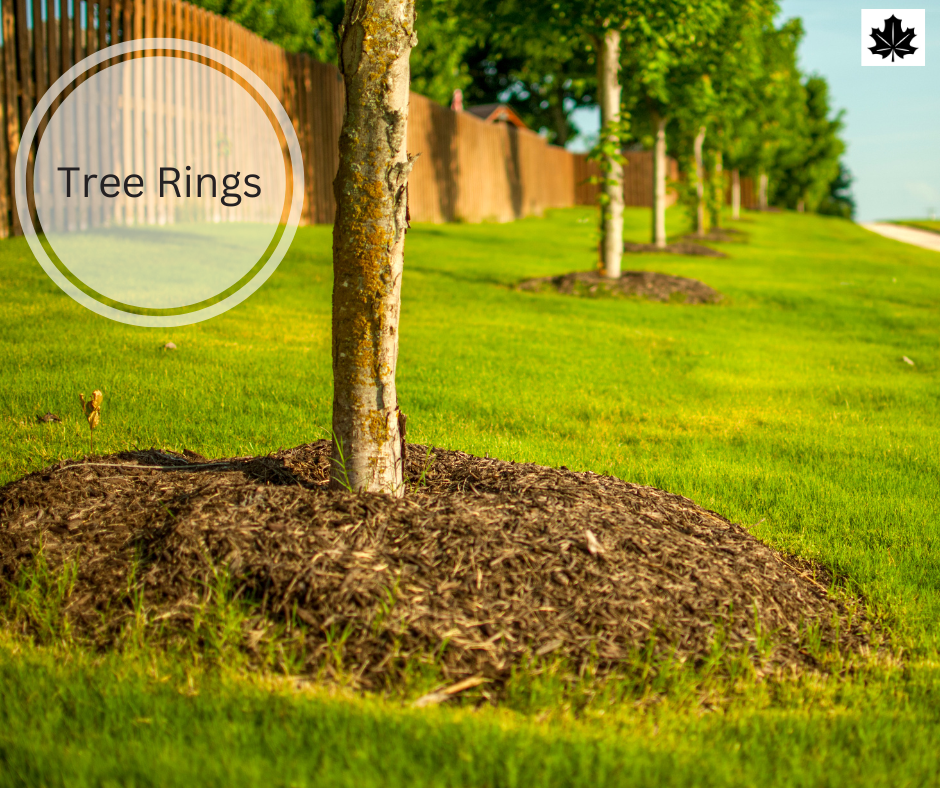Phone
(773) 257-3147


Evaluate the area thoroughly before beginning. Capture clear photos of the affected surfaces, focusing on the extent of ivy growth and any visible damage.
Provide us with the images of the site so we can assess the scope of work and provide an accurate estimate for removal and restoration services.
Cutting the vines at the base will help them detach naturally once they dry, ensuring they release without leaving residue or causing additional damage.
After ivy removal, inspect for any root systems or damage to the structure. Mark areas that need repointing, sealing, or paint to maintain the integrity of the surface.
Aerial roots often infiltrate mortar joints and can be overlooked. After completing the job, take detailed photos of the finished work and provide care instructions to prevent regrowth.
After a long winter, trying to start your lawn mower can be very frustrating. Before you put your lawn mower away for the winter, you should do a few simple maintenance tasks (i.e. add Fuel stabilizer and begin next season with an octane booster). This will allow you to save time in the spring, extend the life of your lawn mower, and save money in the long run.
When it is time for you to clean up your yard in the spring and prepare it for the summer. Use this landscaping to-do list for spring to get a jump on summer.
One of the most common mistakes people make when caring for perennials is not cutting them back. It makes them grow too big and ugly and can cause them to crowd out other plants. Because ornamental grass dies every year, it must be removed so that new grass can grow. If it isn't removed, it will look like a mess and distract from a well-defined neat landscape design.
During the winter, leaves, branches, and twigs pile up and must be cleaned up before mowing the lawn. To let the grass breathe, it's important to remove leaves and other debris. A thorough spring cleaning makes beds ready for fresh mulch and annual flowers and clean looking garden beds for summer.
Deeply edging around plant beds and tree rings is like putting a frame around landscaped areas.
A hand spade or mechanical shaper makes a clear line between your grass and beds. It needs to be done before pre-emergent and fresh mulch is placed.
If the edge is cut deep, it w9ill prevent weeds in your garden beds because weeds and grass will have difficulty getting into a landscaped bed with a spade finish. It also makes it easier to mow up to the edges of flower beds, and it is much less likely that damage will happen.
The body content of your post goes here. To edit this text, click on it and delete this default text and start typing your own or paste your own from a different source.

Existing weeds are not removed by a pre-emergent. Instead, it stops weeds from growing in the first place. If you do this step regularly, you won't have to use weed killers as much later in the year.
Applying pre-emergent early in the season, when the soil temperature is still below 50 degrees, is best. If you use the herbicide too late, you might have to fight weeds all spring and summer.
After pre-emergent has been spread, a new layer of mulch can do wonders for a landscape that has been damaged by winter.
Mulch is essential to maintaining your commercial landscaping, and adding a new layer of mulch in the spring has several benefits. It can stop weeds from sprouting and growing and keep the soil moist and cooler as the temperature rises.
Taking care of your landscaping not only adds to the value of your property but also makes it safe for people who visit, work, or live on it.
We offer a wide range of commercial landscaping services at 606 Land & Snow. Our team works diligently and gives our clients, customers, employees, residents, and guests the best first impression possible.
Contact us to learn more about how we can help your business clean up its landscaping for spring.
DIY: small, reachable areas on sound surfaces.
Call us: older brick, high walls, painted/unknown layers, or moisture concerns.
